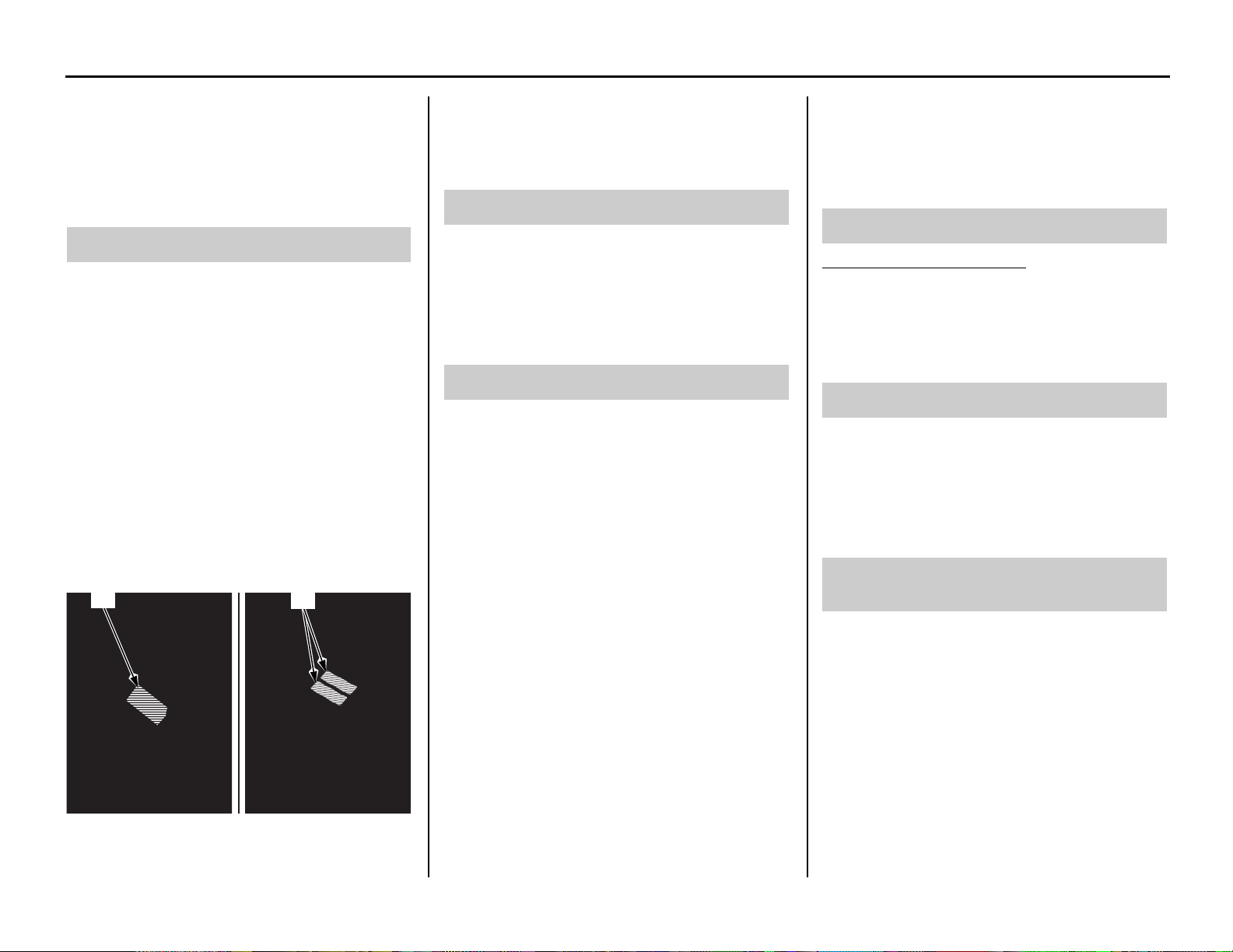Loading ...
Loading ...
Loading ...

Emission Control Systems
184 Technical Information
Emission Control Systems
Your motorcycle engine emits combustion
byproducts, including carbon monoxide (CO),
oxides of nitrogen (NOx), and hydrocarbons (HC).
Gasoline evaporation also emits hydrocarbons.
Controlling the production of NOx, CO, and HC is
important for the environment.
The U.S. Environmental Protection Agency
(EPA), the California Air Resources Board
(CARB), and Environment and Climate Change
Canada (ECCC) require that your motorcycle
comply with applicable exhaust, crankcase, and
fuel permeation emission standards during its
useful life, when operated and maintained
according to the instructions provided. CARB also
requires that your motorcycle comply with
applicable evaporative emission requirements
during its useful life, when operated and
maintained according to the instructions provided.
Compliance with the terms of the Distributor's
Warranties for Honda Motorcycle Emission
Control Systems is necessary in order to maintain
a valid emissions system warranty. (USA only)
The Vehicle Emission Control Information label is
attached to the left side of the frame. (USA only)
The Vehicle Emission Control Information labels
are attached on the rear fender. (Canada only)
The EPA requires that motorcycles built after
January 1, 1983 comply with applicable noise
emission standards for one year or 3,730 miles
(6,000 km) after the time of purchase when
operated and maintained according to the
instructions provided.
The exhaust emission control system includes the
following components that should not need
adjustment, although periodic inspection by your
dealer is recommended.
PGM-FI System
The PGM-FI (programmed fuel injection) system
uses sequential multiport fuel injection, and is
comprised of air intake, engine control, fuel
control, and exhaust control subsystems. The
engine control module (ECM) uses sensors to
determine how much air enters the engine, and
then controls how much fuel to inject.
Ignition Timing Control System
The ignition timing control system adjusts the
ignition timing to reduce the amount of HC, CO,
and NOx produced.
Secondary Air Injection System
The secondary air injection system adds filtered air
into the exhaust gas to help improve emission
control performance.
Catalytic Converter
The exhaust system contains a catalytic converter.
Catalytic converter uses a catalyst to convert most
of the harmful exhaust gas compounds into
harmless compounds.
50 STATE (meets California)
An evaporative emissions control system uses a
canister filled with charcoal to adsorb fuel vapor
from the fuel tank while the engine is off. The
vapor is drawn into the engine and burned while
riding.
The engine is equipped with a closed crankcase
system to prevent discharging crankcase emissions
into the atmosphere.
Blow-by gas is returned to the combustion
chamber through the crankcase breather catch
tank, air cleaner, and throttle body.
The fuel tank, fuel hoses, and fuel vapor charge
hoses use fuel permeation control technologies to
prevent fuel vapor emissions. Tampering with
these components to reduce or defeat the
effectiveness of the fuel permeation technologies
is prohibited.
Exhaust Emission Requirements
(1) vehicle emission control information label (USA only)
(2) vehicle emission control information labels
(Canada only)
(1)
(2)
Noise Emission Requirements
Exhaust Emission Control System
Evaporative Emission Control System
Crankcase Emission Control System
Fuel Permeation Emission Control
System
31MKE910.book 184 ページ 2019年3月5日 火曜日 午後1時46分
Loading ...
Loading ...
Loading ...